Have you ever wondered why some individuals seem to effortlessly achieve their goals and overcome obstacles, while others struggle to make progress? The secret lies in their mindset. So, do you know how to develop a growth mindset?
The way we perceive ourselves, our abilities, and our potential greatly influences our success and personal growth. Let’s explore what is a growth mindset, its characteristics, the numerous benefits of a growth mindset, and how to build a growth mindset for yourself.
What is a Growth Mindset?
Before we delve into the process of developing a growth mindset, it is essential to understand what it entails. A growth mindset is a belief system that embraces the idea that our abilities and intelligence can be developed through dedication, effort, and perseverance.
So what is a growth mindset? “A growth mindset is the belief that personal characteristics, such as intellectual abilities, can be developed,” instead of being fixed, explain researchers.
Individuals with a growth mindset view challenges as opportunities for growth, feedback as a valuable tool for improvement, and the success of others as an inspiration rather than a threat.
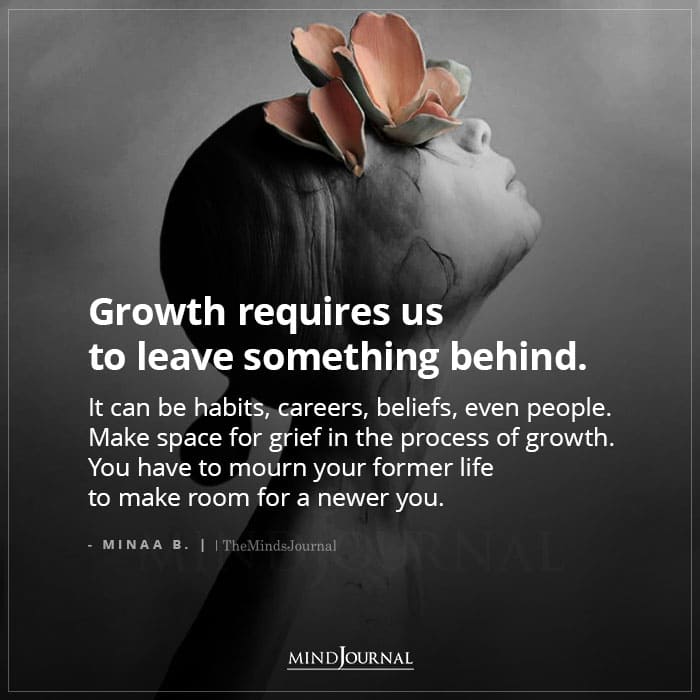
According to a 2018 study, “An individual with a growth mindset works hard and improves without an incentive reward in mind as the outcome.” The idea of a growth mindset is similar to the concept of intrinsic motivation, the researchers claim.
Related: Grit: What It Is and How You Can Learn It
People with a growth mindset embrace challenges, learn by effort, believe in gaining mastery over skills, perform better, and are more motivated to achieve goals. Growth mindset can even positively affect our behaviors, willingness to attempt new challenges, engagement, achievement, and outcomes.
Now that we know what is a growth mindset, let us delve into the characteristics of a growth mindset as it will help us better understand how to develop a growth mindset.
5 Characteristics of a Growth Mindset You Should Know About
Let us now discover the key characteristics of a growth mindset and how they can positively impact your life-
1. Embracing Challenges
People with a growth mindset welcome challenges as a chance to learn and grow. They understand that challenges lead to new experiences and opportunities for personal development.
Rather than avoiding difficulties, they approach them with enthusiasm and a desire to expand their skills.
2. Persistence in the Face of Setbacks
Developing resilience is a crucial aspect of a growth mindset. Individuals with this mindset understand that setbacks and failures are temporary and serve as opportunities to learn.
They bounce back from setbacks, adapt their strategies, and persevere until they achieve their goals.
3. Embracing Effort
A growth mindset acknowledges the importance of effort and hard work. It recognizes that success is not solely dependent on innate talent but also on the dedication and effort invested in the pursuit of goals.
Individuals with a growth mindset are willing to put in the necessary work and see setbacks as a sign to exert even more effort.
4. Embracing Learning and Feedback
Those with a growth mindset actively seek out new knowledge and skills. They are open to constructive criticism and view feedback as a valuable tool for improvement.
Instead of feeling threatened by feedback, they see it as an opportunity to grow and refine their abilities. This is one of the most remarkable characteristics of a growth mindset.
5. Cultivating Positive Self-talk
Positive self-talk plays a vital role in developing a growth mindset. Individuals with this mindset recognize the power of their thoughts and consciously choose to have an optimistic and empowering internal dialogue.
They replace self-doubt and negative beliefs with affirmations that reinforce their growth potential.
Related: 6 Positive Psychology Practices To Boost Happiness
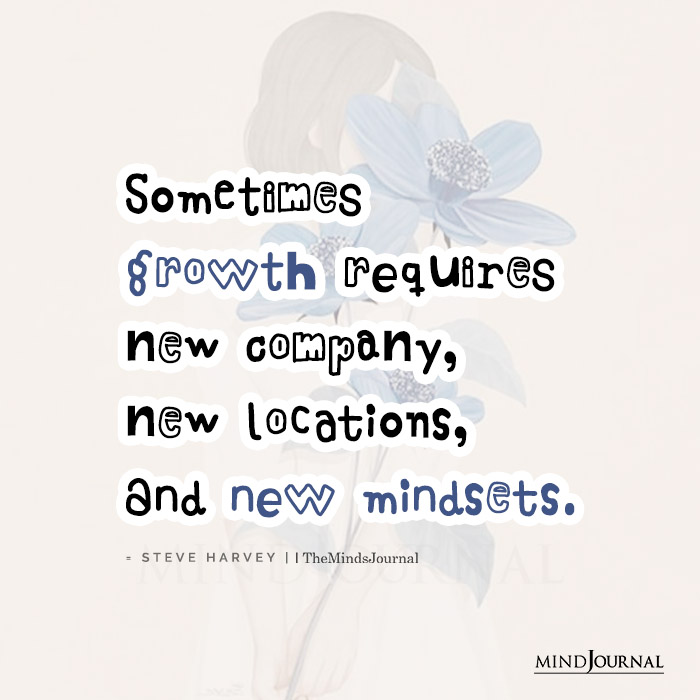
What are the Benefits of a Growth Mindset?
Wondering why you should be bothered about learning how to develop a growth mindset? Well, here are some of the most common benefits of a growth mindset that can inspire you –
1. Increased Resilience
A growth mindset equips individuals with the ability to bounce back from setbacks and failures. It empowers them to view challenges as learning opportunities, allowing them to persevere through difficult times and ultimately achieve their goals.
2. Enhanced Learning and Skill Development
When we adopt a growth mindset, we embrace the idea that our abilities and intelligence can be developed through effort and practice. This mindset fosters a love for learning, encourages the pursuit of new skills, and enables continuous personal growth.
3. Greater Creativity and Innovation
By embracing challenges and seeking new experiences, individuals with a growth mindset expand their perspectives and tap into their creativity.
They are more likely to think outside the box, explore unconventional solutions, and push boundaries, leading to increased innovation in their personal and professional lives.
4. Better mental health
By encouraging you to view challenges as opportunities for growth instead of threats, a growth mindset helps to promote resilience and perseverance in the face of adversity. It makes you more optimistic, adaptable, and resilient which boosts self-esteem and reduces stress and anxiety. This ultimately contributes to improved mental well-being.
Research shows that individuals with a growth mindset experience significantly lower stress and mental health issues due to life events. “Our findings suggest that individuals with a growth mindset are less prone to mental health problems than individuals with a fixed mindset,” state the researchers.
It also enables us to face and better tolerate anxiety, frustration, and disappointment, and experience “fewer stress and self-reported symptoms of psychological disease.” Improved mental health is one of the most notable benefits of a growth mindset.
5. Improved Relationships and Collaboration
A growth mindset promotes a culture of support and collaboration. When individuals believe in their own potential for growth, they are more inclined to support and encourage others in their journeys. This mindset fosters healthy relationships, teamwork, and a sense of community.
6. Achievement of Higher Goals
With a growth mindset, individuals set ambitious goals and believe in their ability to accomplish them. They are not limited by self-doubt or the fear of failure, but rather fueled by the determination to continuously improve. As a result, they achieve higher levels of success and fulfillment in various areas of their lives.
Related: 10 Self Growth Questions You Should Ask Yourself Every Day
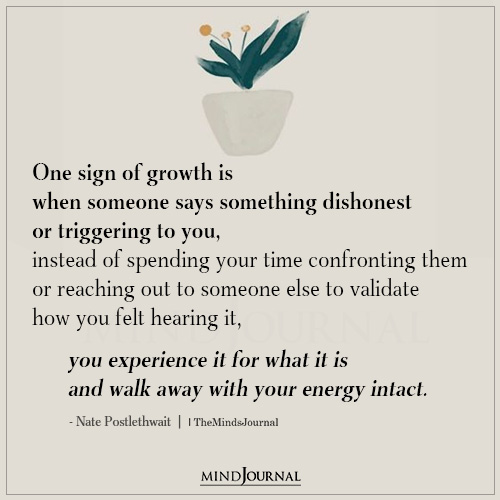
How to Develop a Growth Mindset: 12 Powerful Tips
Do you know how to build a growth mindset? Here are a few tips that will help you get started on your journey of personal and professional development –
1. Embrace a Learning Mindset
Cultivate a curiosity for learning and adopt the belief that your abilities can be developed through effort and practice. Emphasize the process of learning rather than focusing solely on outcomes.
2. Embrace Challenges
Seek out challenges that push you outside your comfort zone. Embracing challenges allows you to develop new skills, learn from experiences, and expand your capabilities.
3. Cultivate a Positive Internal Dialogue
Pay attention to your self-talk and replace self-limiting beliefs with positive affirmations. Remind yourself of your potential, strengths, and the progress you have already made. This is how to build a growth mindset.
4. View Setbacks as Learning Opportunities
Instead of being discouraged by setbacks, examine them as opportunities for growth. Analyze what went wrong, learn from the experience, and adjust your approach accordingly. This is how to develop a growth mindset.
5. Seek Feedback and Learn from Others
Be open to feedback from mentors, peers, and colleagues. Listen actively, reflect on the feedback you receive, and use it as a catalyst for improvement.
6. Celebrate Growth and Progress
Acknowledge and appreciate the progress you make along your journey. Celebrate small wins and milestones, as they serve as reminders of your growth and reinforce your belief in your ability to develop and improve.
Related: How To Get Over Fear Of Failure
7. Surround Yourself with Growth-Minded Individuals
Build a network of like-minded individuals who share your passion for personal growth. Surrounding yourself with people who have a growth mindset will inspire and support you on your own growth journey.
Want to learn more about how to build a growth mindset? Keep reading.
8. Emphasize Effort and Process
Shift your focus from fixed outcomes to the effort and process you put into your endeavors. Recognize that effort is a key ingredient in achieving success and that setbacks are stepping stones toward improvement. This is one of the best tips on how to develop a growth mindset.
9. Practice Self-Reflection
Regularly take the time to reflect on your experiences, challenges, and achievements. Identify areas for growth, set new goals, and develop strategies to overcome obstacles.
10. Set Stretch Goals
Setting stretch goals is a powerful way to foster a growth mindset. Instead of settling for mediocre or easily attainable goals, individuals with a growth mindset challenge themselves to aim higher and go beyond their comfort zones.
Stretch goals push you to develop new skills, expand your capabilities, and overcome self-imposed limitations. Although achieving these goals may require more effort and perseverance, the growth and personal development you experience along the way are invaluable.
11. Embrace the Power of Yet
Incorporate the word “yet” into your vocabulary. When faced with a challenge or setback, instead of saying “I can’t do it,” shift your mindset to “I can’t do it yet.”
This simple addition acknowledges that you may not have mastered a skill or achieved a goal at this moment, but it leaves room for growth and improvement in the future. Embracing the power of yet instills a sense of optimism and possibility, fueling your motivation to persist and continue working towards your desired outcomes.
12. Embrace Discomfort and Take Calculated Risks
Growth rarely occurs within the confines of our comfort zones. To develop a growth mindset, embrace discomfort, and take calculated risks. Challenge yourself to try new things, explore unfamiliar territories, and step outside of what is familiar and safe.
By pushing beyond your comfort zone, you expose yourself to new experiences, opportunities, and perspectives. Taking risks allows you to stretch your abilities, learn from failures, and ultimately grow into a more resilient and adaptable individual.
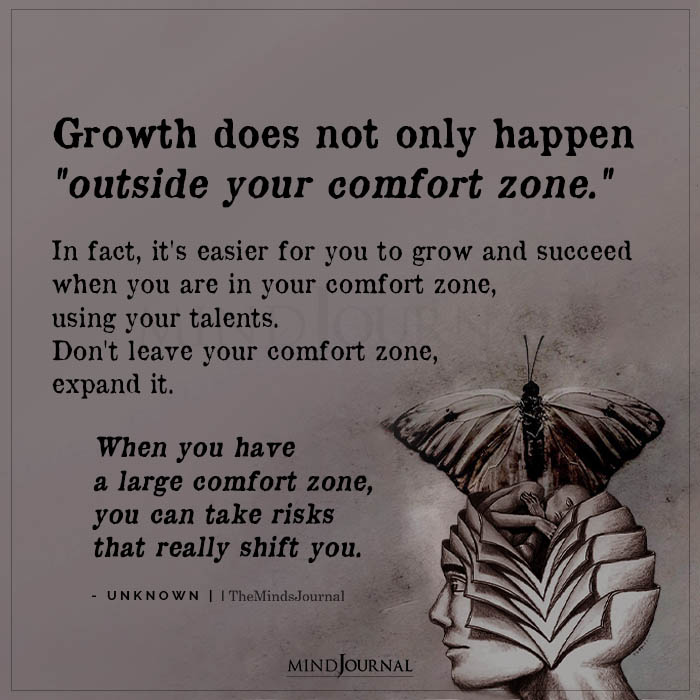
So now you know how to develop a growth mindset. Remember, developing a growth mindset is a continuous process that requires consistent effort and self-reflection. Following the above-mentioned tips will help you shift your mindset and be more optimistic in life.
Takeaway
Developing a growth mindset is a transformative journey that empowers individuals to unlock their true potential. By embracing challenges, persisting in the face of setbacks, and cultivating a love for learning, we can foster a growth mindset that propels us toward success.
Remember, developing a growth mindset is a continuous process that requires dedication, self-awareness, and a belief in our ability to grow and improve. So, embark on this journey with enthusiasm and watch as your personal and professional life flourishes with newfound possibilities.
Related: 8 Small (But Essential) Signs Of Personal Growth
Frequently Asked Questions (FAQs):
What are 3 ways to develop a growth mindset?
Embrace challenges, learn from criticism, and persist in the face of obstacles to cultivate a growth mindset.
How do I go from a fixed to a growth mindset?
Challenge limiting beliefs, adopt a “yet” mentality and focus on continuous learning and improvement to shift to a growth mindset.
How can I improve my mindset?
Cultivate self-awareness, practice gratitude, and surround yourself with positive influences to enhance your mindset and foster personal growth.
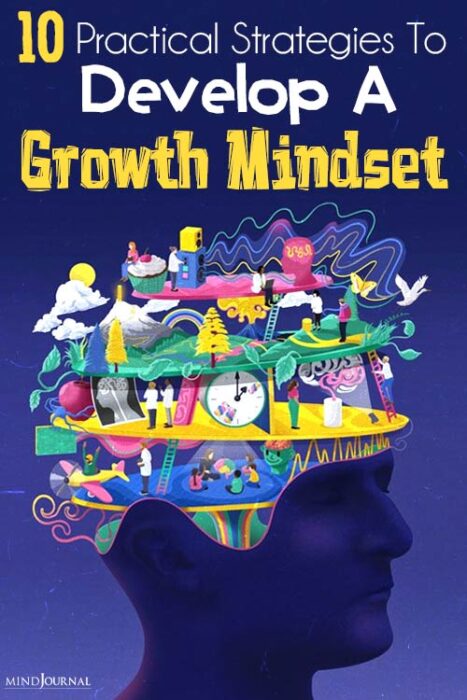
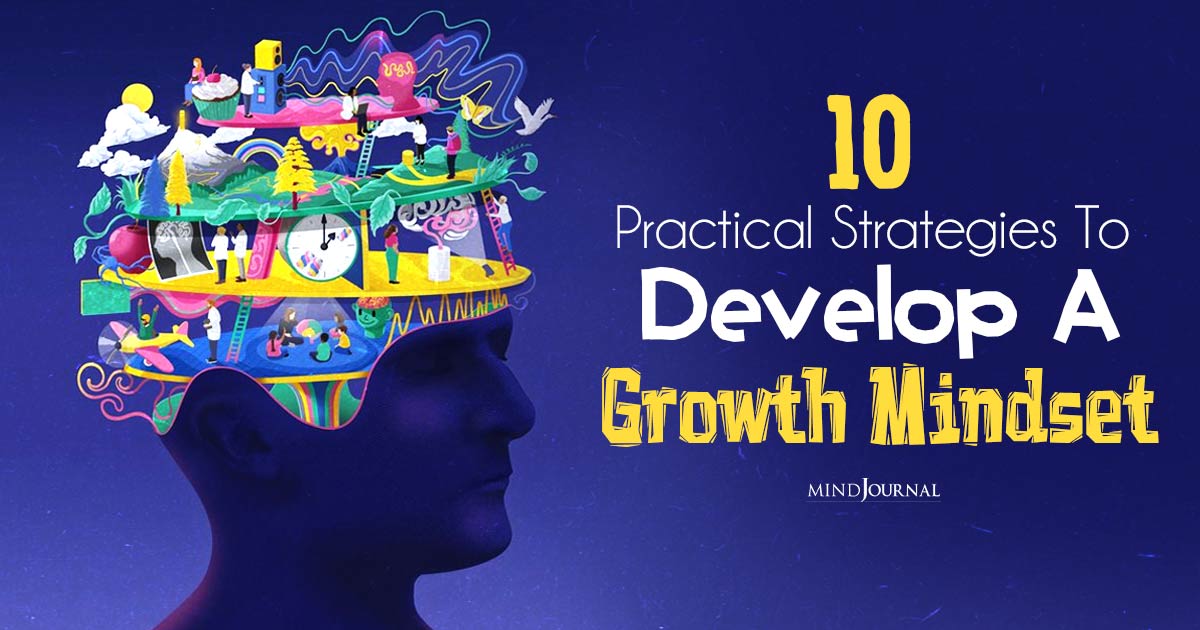








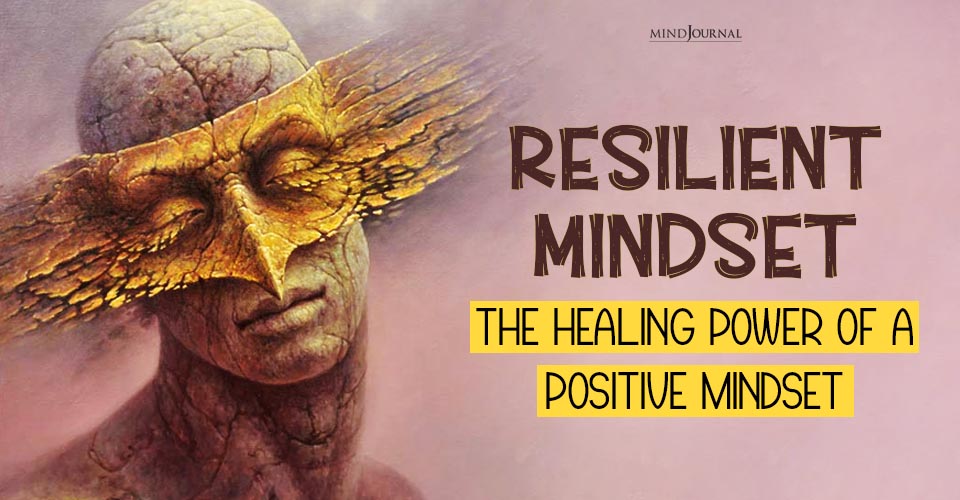




Leave a Reply
You must be logged in to post a comment.